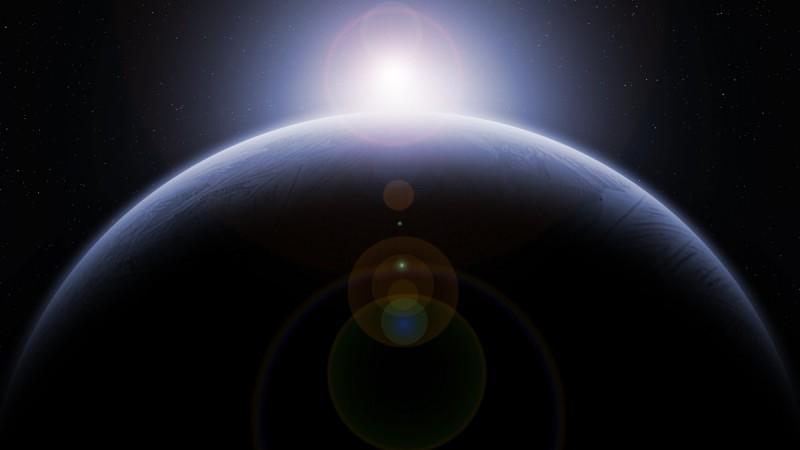
Our search for aliens – any extraterrestrial life form, intelligent or otherwise – has seen some rapid strides being made in recent times. These inlude focusing out search to only some places that appear more habitable and life supporting, to sending out new communications into space.
Also read: Chilean government declassifies UFO encounter details after 2 years [VIDEO]
The search will soon be extended to Proxima Centauri – the star nearest to our own Sun – or more specifically to a planet in its solar system called Proxima b. Now, it may be noted that chances of life on Proxima b have already been questioned; the true nature of the planet and what's on it are yet to be probed, thanks to a lack of the correct kind of insrastructure.
It has so far been believed that Proxima b's study could really begin in earnest only in the 2030s, when more space-based telescopes would be launched into Earth's orbit and made functional. However, there is new hope with scientists saying ground-based observatories that will become functional in as early as the 2020s could help us start studying Proxima b a decade earlier than we had expected.
According to a Live Science report,Hubble fellow Matteo Brogi from the University of Colorado put forward a method that would use next-generation ground-based telescopes to study the atmosphere and other features of Proxima b. The report added: "The approach could be applied to other planets that, like Proxima b, are rocky, and orbit in the habitable zone of relatively cool stars, known as red dwarfs."
The approach involves two processes, one of which is high-resolution spectroscopy – the study of light, or more specifically the wavelengths of light, coming from any celestial body to help determine at least its chemical constituents. This could help determine the components present in the atmosphere of Proxima b.
However, because Proxima b is revolving around Proxima Centauri, it could be difficult for light from the planet to be detected when it is nearly overshadowed by that from the star. However, given that Proxima b, in its orbit, moves both towards and away from Earth, causing compressed or extended wavelengths – a phenomenon known as Doppler Effect, observed when trains whistling past us sound sharper when approaching and duller when going away – these light waves could be isolated and studied to gain a better idea of what lies on the planet.

















